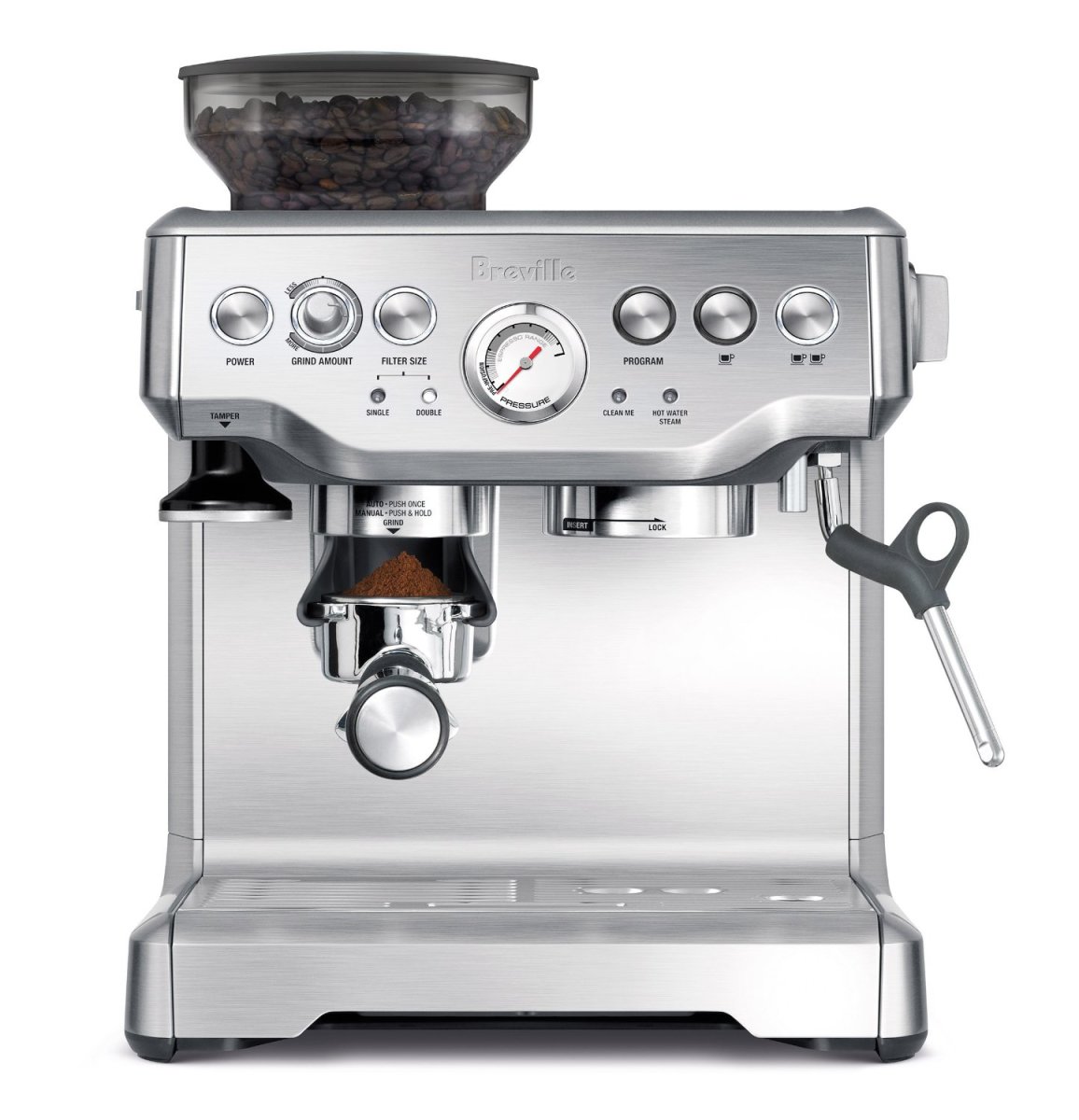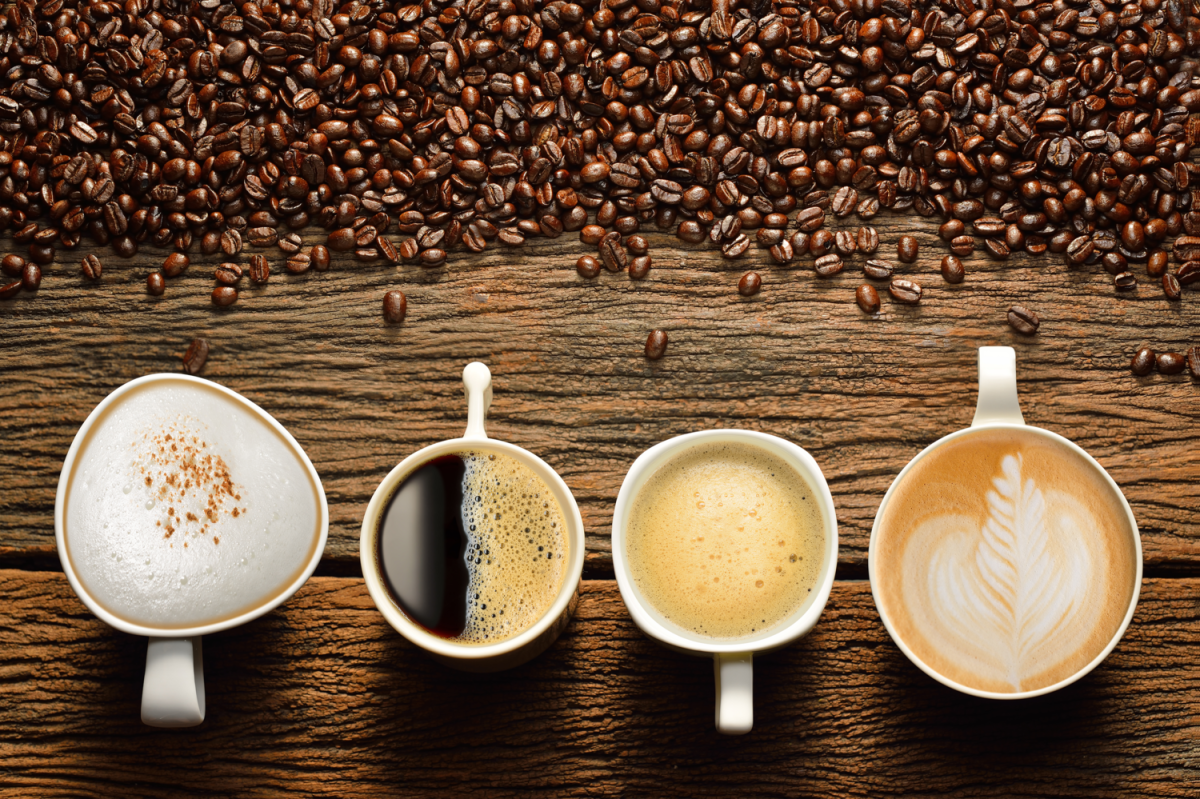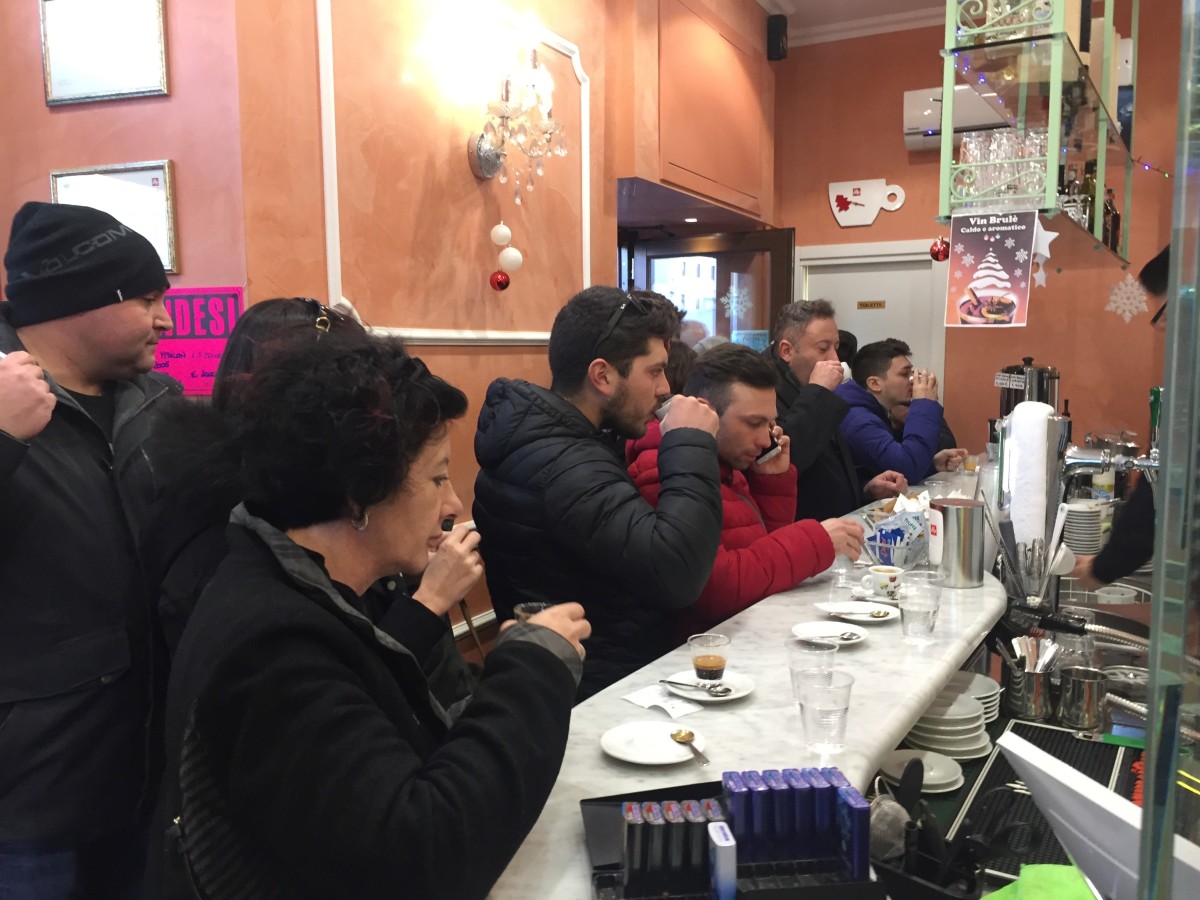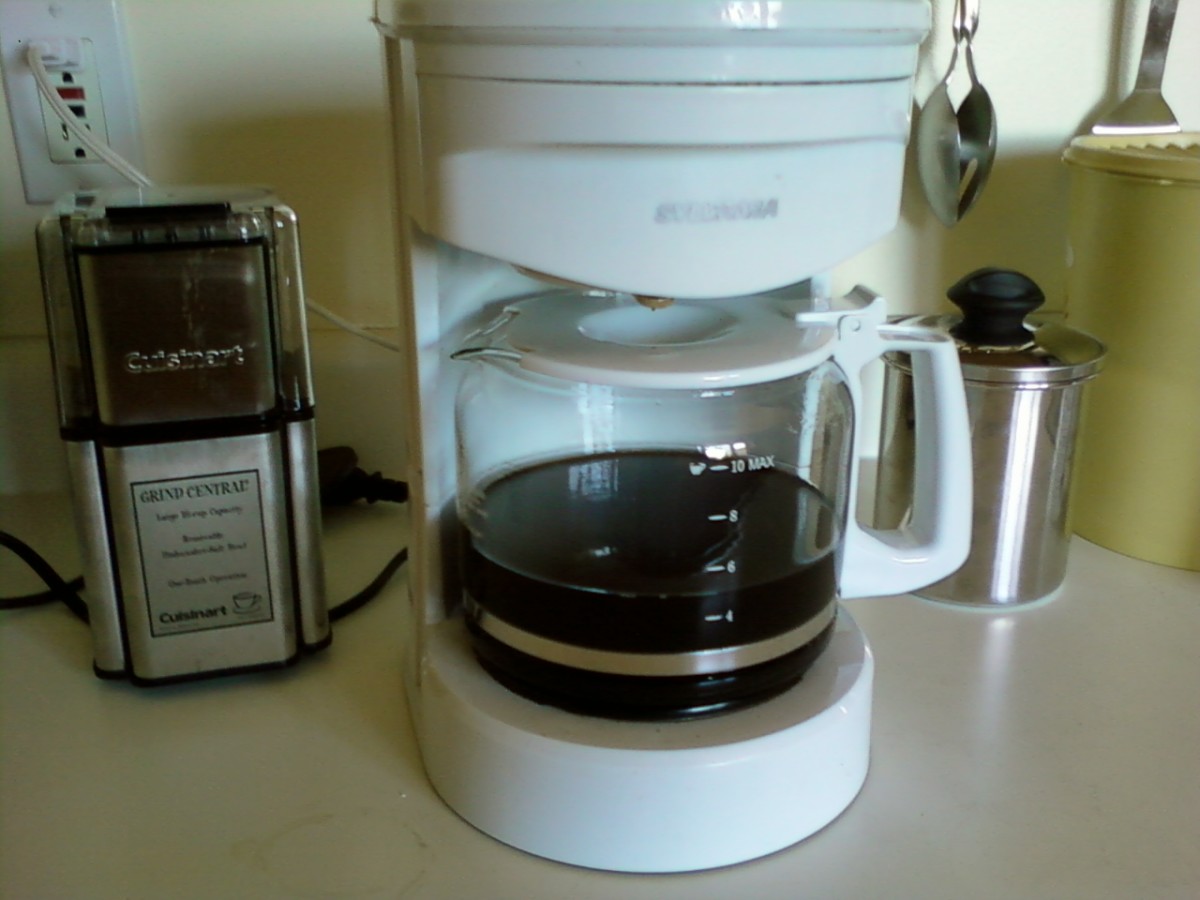Everything You Need To Know About Coffee Beans

Who discovered coffee beans?
Nobody knows exactly when or how coffee was discovered. However, there are many legends about its origin, one of them explained that coffee beans were first discovered by a goat herder named Kaldi. He got confused after noticing his goats becoming more energetic and even did not sleep at night after eating some berries from a tree.
Which country now has the largest consumers of coffee beans?
About 150 million bags of coffee are consumed by human worldwide in a year, this is nearly 10 million tons. However, you might be surprised that Finland is the world’s top coffee consumer – 9.6 kg per capita (2.64 cups/day). The workers there are also required legally to be given an official coffee break. It is reported that people in New York drink 7 times the amount of any other U.S city, so dont be surprised if you see there is many Starbucks on each corner of Manhattan.
Types of Coffee
You love hanging in coffee shop or cafe drinking cappuccino, latte, or mocha? All of them are espresso based drinks. Espreso is a very strong coffee, and it is made from the same beans as your home-made coffee, they are even roasted in much the same way. The difference is that, in espresso, the beans are ground much finer than what we would use in a regular coffee.
All of them are also made from the same ingredients – espresso, steamed milk, and milk foam.
- If you add equal parts of espresso, steamed milk and milk foam, you’ll get cappuccino.
- If you add 1/6 espresso, 4/6 steamed milk, and 1/6 foamed milk, you get latte,
- If you add 2/5 espresso, 2/5 chocolate, and 1/5 steamed milk, you get mocha,
- You add 1/3 espresso and 2/3 frothed milk, then you get flat white.
A.Schurr, J. Luond and A. Lutold created the fastest espresso machine called Swiss Espresso Extractor in Switzerland, 2008. The machine can brew 3 gallons of espresso in just 1 minute.

Pulled Coffee
Do you know that there is such thing called “pulled coffee”, this coffee is popular in countries like Indonesia, Malaysia, and Singapore. The method of “pulling the coffee” is normally seen in Chinese, Indian, and Malaysian drink stores in hawker centers or food courts. The pipping hot coffee (or sometimes tea) is repeatedly poured between two containers. Sometimes the coffee is “pulled” only 20-30 cm or it can goes beyond 1 meter, this depends on the person’s skill. The pulling of the coffee is believed to add flavor to the coffee as well as creating a thick layer of froth on top.

The World Most Expensiv e Coffee Beans – Cat Poop Coffee
Cat poop coffee or also more popular known as kopi luwak in Indonesia, is listed as the most expensive coffee in the world. The uncommon method of producing their coffee is what makes it so expensive. Kopi luwak is made from coffee beans that have been digested by civet cat or also called as palm civets, a small mammal belong to the Viverridae family. This cat likes to eat only the ripest coffee cherries.
However, the coffee cherries and the pulp are being removed in the digestion process but the coffee beans are not digested and some kind of unique fermentation occurs which gives the coffee its unique flavor. The coffee beans will then be defecated by the animals after about 24 hours and after they went through several processes these beans are going to end up in the customers’ cup of coffee.

Black Ivory Coffee
Another “most expensive coffee” also comes from animal’s poo. This time not from a small mammal but a big one – elephant. In Thailand, some elephants there are excreting one of the world’s rarest and controversial coffee. The beans are eaten by the animals and then plucked a day later from their dung. They will pick around 10,000 beans for each kilogram of roasted coffee, this means that they need 33 kg of coffee cherries to produce just one kilogram of Black Ivory Coffee.

Wait! Dont Throw Your Leftover Coffee
The coffee grounds are actually useful for all sorts of things from cleaning your dishes or garden, to dying fabric or your furniture. Here are some impressive ways to use your leftover coffee to do something useful so that you may never want to waste grains of coffee ever again.
- Coffee makes a great compost for our plants. The acidity in the coffee is needed by certain plants like roses, you can mix your coffee with wood ash and lime and add to the soil.
- Coffee powder can neutralize some annoying smell like chopped onions or stale food that we forget to take out from the refrigerator. To solve this, place a bowl of coffee powder in the refrigerator so that the next time you open it, the unpleasant smell would have already gone. It can also be used to eliminate garlic and onion smells on your hands by rubbing the hands with the coffee grounds.
- Abrasive coffee beans can also be used to remove grease and degunk cookware. Before doing the cleaning, pair your coffee with a dash of dish soaps. You are using a natural product to get rid of hard-to-clean grime.
- Just like tea, our coffee can also be used to dye fabrics. Boil some coffee, after that add cloth napkins, table cloths and towels to the coffee dye. Your fabric will then have a vintage-like look .
- Beside fabric and furniture, natural ground coffee also makes a great natural hair dye.
- Try sprinkling used coffee grounds in the areas where there is a lot of pests. It was reported that animals and insects are repelled by the strong coffee smell from the grounds. This is a good way to keep cats out of the garden.
- Use coffee grounds for testing perfumes. After smelling perfume, try sniffing coffee ground to clear your nose so that the smells wont merge together and make you confused.
Coffee Essential Oil
Coffee essential oil is popular for its use in several beauty and household products. The oil is extracted from the coffee beans (usually from the beans of Coffea Arabica tree). Apart from having an invigorating aroma, coffee essential oil also has a number of health benefits:
- It can help us fight depressing moments.
- It has antioxidant properties.
- According to a few studies, its antioxidants help lower the risk of liver cirrhosis as well as enhance liver function.
- This essential oil can be used to clear blocked nasal passages and treat nausea.
Related Hubs
- Facts About Sugars
Today, many product manufacturers are very good at disguising the word “sugar”, they use other complicated words to mask its presence. Here are some of the common nicknames they use.. - Facts About Chrysanthemums
Chrysanthemum flower (commonly known as mum), is one of the most popular flower in the world, next only to Rose. It is a very beautiful wide flower that can be found in many different colors. Majority of the flowers either have a pompon-like...












